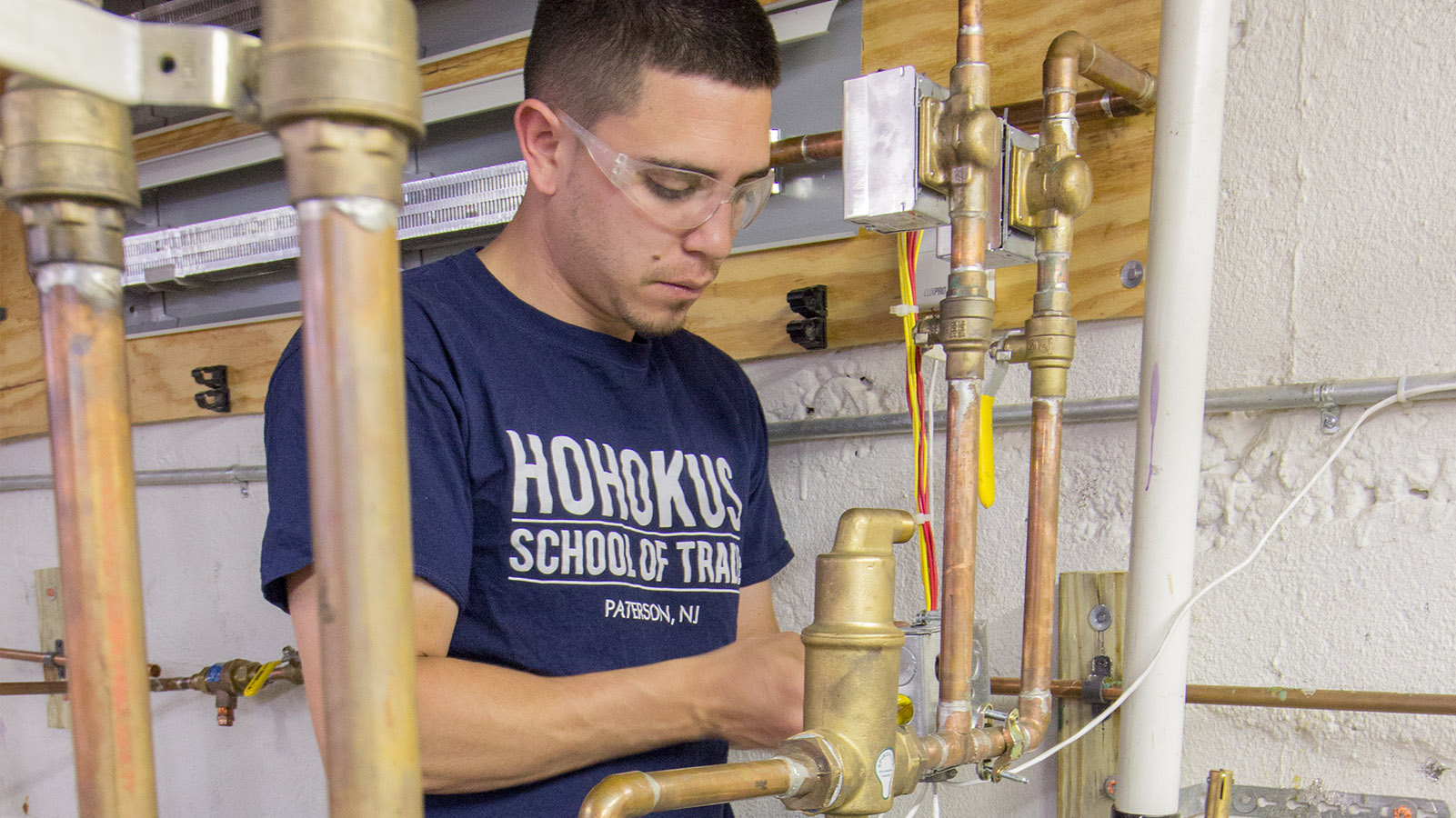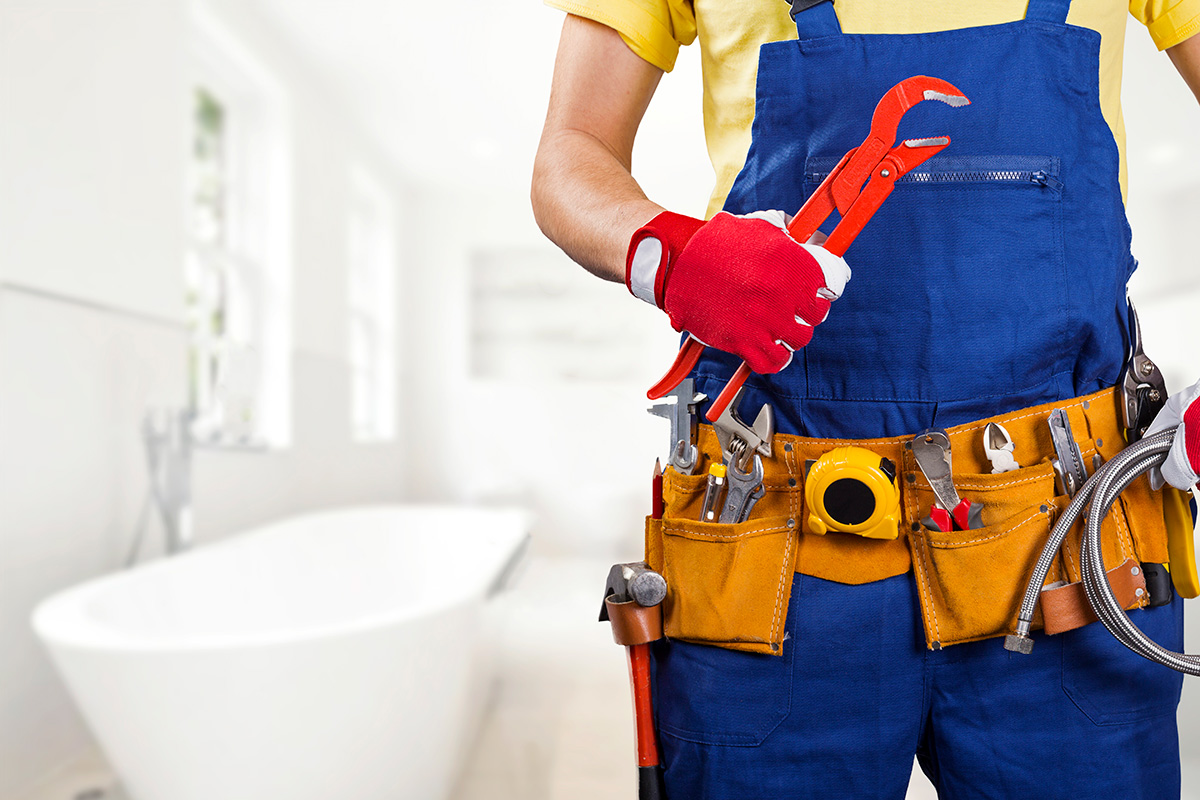A Detailed Overview to Efficient Hot Water Heater Setup for Optimal Performance
Beginning on the task of installing a water heater is a venture that requires precision and a systematic method for accomplishing ideal performance. As you proceed, the details of linking water supply lines and establishing up trustworthy electric or gas links await, encouraging insights right into ensuring effectiveness and integrity.
Choosing the Right Hot Water Heater

Next, consider the size and capability of the water heater. It's important to evaluate your household's warm water requirements, which can differ based on the number of passengers and their use patterns. An unit that's also small may bring about not enough warm water, while an oversized version may cause unnecessary power usage.
Efficiency rankings also play a critical duty in selection. Look for water heating systems with high Power Aspect (EF) rankings, suggesting superior efficiency and decreased power usage. Tankless models, though normally extra pricey ahead of time, deal significant power savings in time because of their on-demand home heating capabilities.
Preparing the Setup Location
Prior to mounting a brand-new water heating system, meticulous prep work of the setup area is vital. It's important to determine the space thoroughly to accommodate the water heater's dimensions, making certain sufficient clearance around the system for reliable operation and servicing.
Check the flooring for stability, as the water heating unit will require a solid, level surface area to run efficiently. If needed, set up a drip pan underneath the device to catch prospective leaks or spills, preventing water damage to the surrounding location.
Furthermore, ensure that all necessary tools and materials are on hand before beginning the installation. This includes items such as wrenches, screwdrivers, a level, and any type of additional hardware required for installing and protecting the heating unit. A well-prepared installation location sets the structure for an effective hot water heater setup, optimizing performance and safety and security.
Connecting Water Lines
When linking water supply lines to your recently installed water heating unit, it is essential to ensure that all links are leak-free and protected to keep efficient operation and protect against water damage. Begin by determining the cold and warm water system lines. The chilly water inlet is generally noted with a blue tag or a "C", while the warm water outlet is marked with a red tag or an "H".
Usage versatile water heating unit adapters to assist in a simpler installment procedure. These ports can take in resonance and enable slight motion, minimizing the danger of leaks. Prior to attaching the connectors, place a plumber's tape around the threaded ends of the hot water heater's inlet and outlet pipes - Plumber Alabaster AL. This tape works as a sealer, preventing leaks. Very carefully link the adaptable tubes to the corresponding inlet and electrical outlet, ensuring that they are not over-tightened yet limited, which can harm the threads.
Once links are in area, slowly activate the main supply of water shutoff. Evaluate each connection for leaks by aesthetically checking and really feeling for dampness. Tighten up links as essential, and guarantee the stress safety valve is correctly installed, guarding against too much pressure accumulation.
Establishing Electric or Gas Connections
Correctly establishing the electric or gas you can try this out connections for your water heating system is a crucial action to make sure effective and secure operation. For electric hot water heater, begin by verifying that the electrical circuit is compatible with the heating unit's voltage and amperage requirements. Make sure the power supply is switched off at the circuit breaker to stop crashes. Attach the electrical cables to the heater following the maker's wiring representation. Usually, this includes attaching the ground cable to the green terminal, and the staying wires to their corresponding terminals, safeguarding each with wire nuts.
For gas water heaters, safety and security is critical. Confirm that the gas supply is off before proceeding. Connect the gas line to the hot water heater using a flexible gas connector, ensuring it is correctly threaded and sealed with pipeline joint substance or Teflon tape ideal for gas connections. Tighten up the links with a wrench, taking care not to over-tighten (Plumbing Services Alabaster AL).
When links are made, examine for any kind of potential leaks. For gas lines, apply a soapy water service to the joints; bubbles show a leakage. For electric links, verify that all circuitry is secure and correctly insulated, keeping compliance with local electrical codes.
Readjusting and testing for Effectiveness
With the electric and gas links securely in area, the next step is reviewing the operational efficiency of your water heating system. Begin by carefully transforming on the water supply and guaranteeing there are no leakages at any of the joints or valves.
Next, do an extensive inspection to make certain the burner or gas burners are functioning appropriately. For electrical heaters, make use of a multimeter to validate if the components are attracting the ideal present. In gas models, observe the burner fire; it should be blue and constant, suggesting efficient burning.
Change the try these out setups as necessary to remove inadequacies. Think about applying insulation procedures, such as adding a hot water heater blanket, to additionally enhance efficiency by lessening heat loss. In addition, inspect the anode rod's condition, as a worn-out rod can minimize efficiency and cause storage tank corrosion.
Final Thought
Efficient water heating system installment is vital for making certain optimal efficiency and power cost savings. By choosing the suitable type and dimension, and meticulously preparing the installation area, a structure for success is developed. Safely attaching water lines and carefully establishing electric or gas connections lessen potential problems. Thorough screening for leakages and accurate thermostat changes to 120 ° F enhance integrity and performance. Adhering to these steps promotes lasting functionality and power conservation in residential water heating unit.

Effectively establishing up the electrical or gas links for your water heating unit is an essential action to ensure reliable and safe procedure. For electrical water heating units, begin by verifying that the electric circuit is suitable with the heater's voltage and amperage requirements. Attach the gas line to the water heating system using an adaptable gas adapter, ensuring it is effectively Web Site threaded and secured with pipeline joint compound or Teflon tape ideal for gas links.